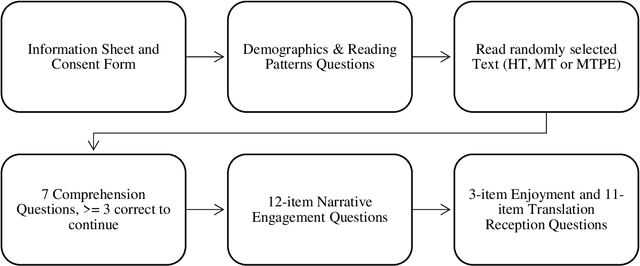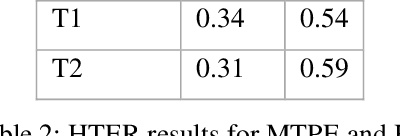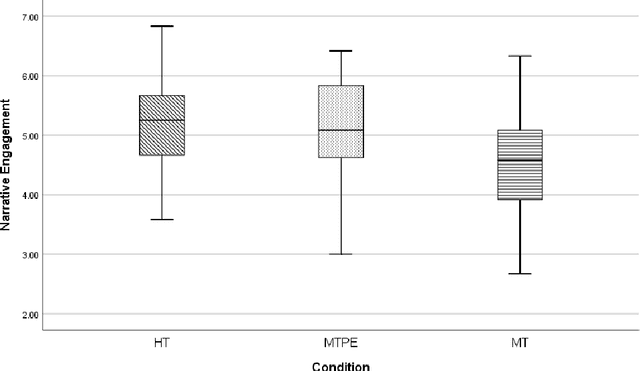The Impact of Post-editing and Machine Translation on Creativity and Reading Experience
Paper and Code
Jan 15, 2021



This article presents the results of a study involving the translation of a fictional story from English into Catalan in three modalities: machine-translated (MT), post-edited (MTPE) and translated without aid (HT). Each translation was analysed to evaluate its creativity. Subsequently, a cohort of 88 Catalan participants read the story in a randomly assigned modality and completed a survey. The results show that HT presented a higher creativity score if compared to MTPE and MT. HT also ranked higher in narrative engagement, and translation reception, while MTPE ranked marginally higher in enjoyment. HT and MTPE show no statistically significant differences in any category, whereas MT does in all variables tested. We conclude that creativity is highest when professional translators intervene in the process, especially when working without any aid. We hypothesize that creativity in translation could be the factor that enhances reading engagement and the reception of translated literary texts.
 Add to Chrome
Add to Chrome Add to Firefox
Add to Firefox Add to Edge
Add to Edge